SUDO – Way of combat similar to water properties
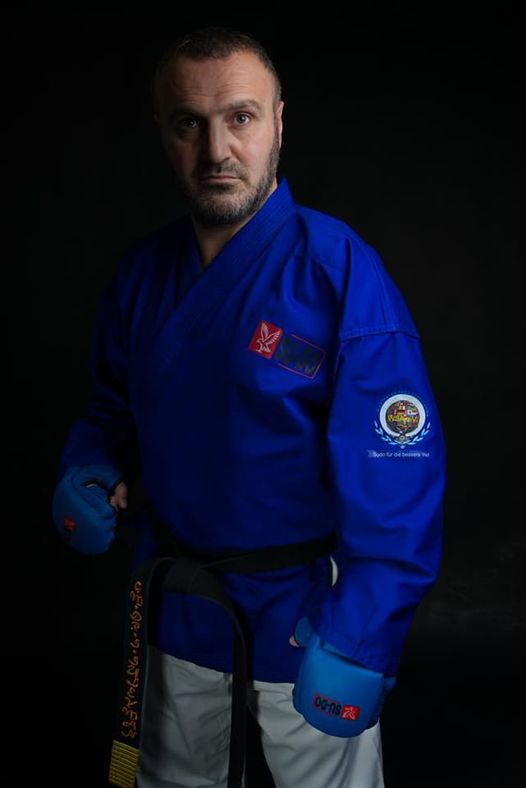
Su-do is a unique martial art, techniques and combinations of which have been masterfully elaborated for over years. The natural phenomenon more closely reflecting essence of life in Sudo is water. The combat martial art includes best undercuts, hooks and tackles, hand and leg strikes, strangulation techniques, submission locks on hands and legs. Despite
availability of dozens of unreal throwing techniques that are performed by pelvis – thighs and shoulders, none of these have found their ways to su-do. The reason of it is impossibility of using such techniques in real combat, because, unlike heavyweight fighter versus lightweight fighter, lightweight
fighter faces huge challenges and obstacles when fighting with heavyweight fighter.
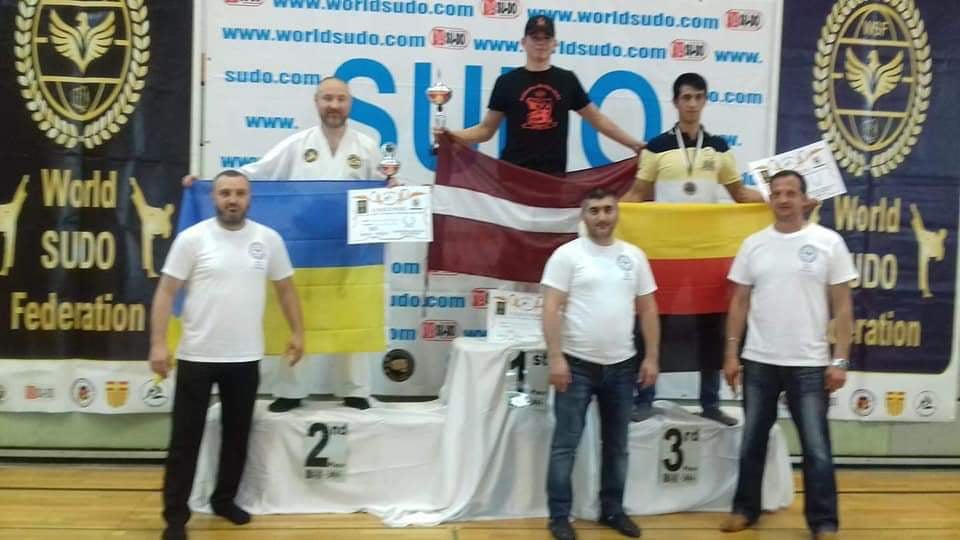
Complex of techniques used in su-do may be used by all regardless of sex and weight.
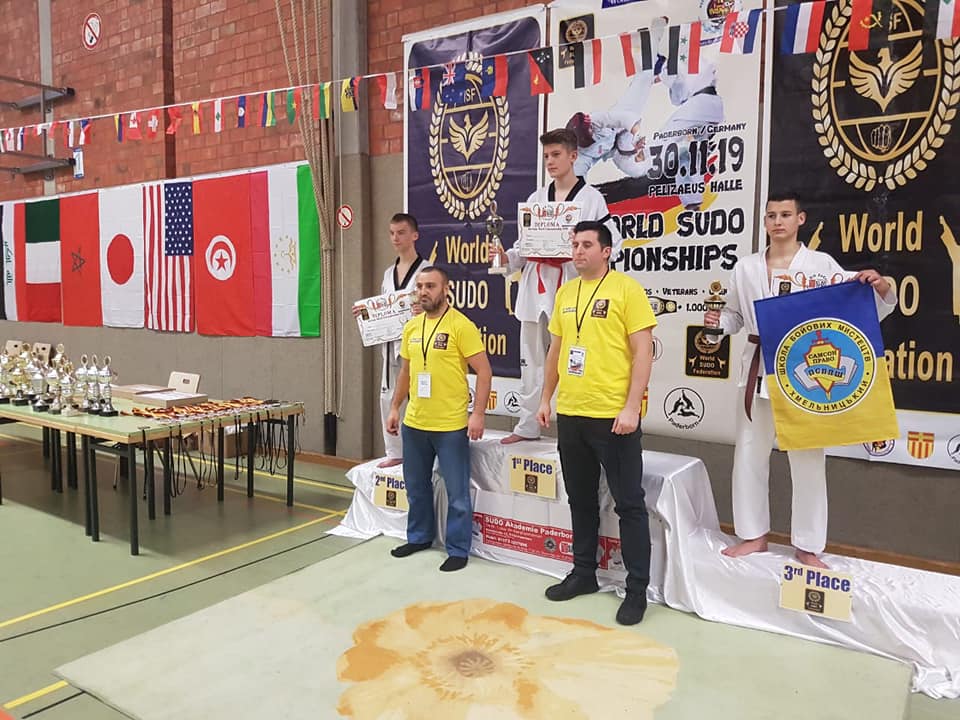
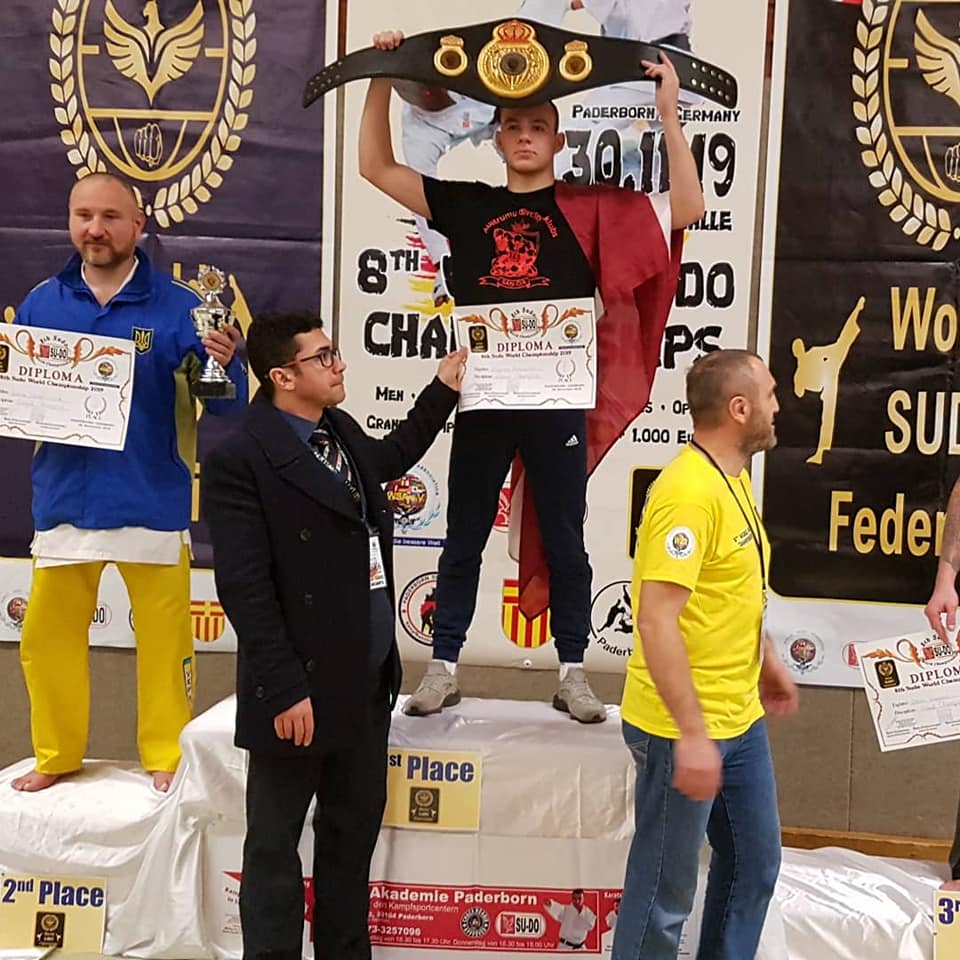
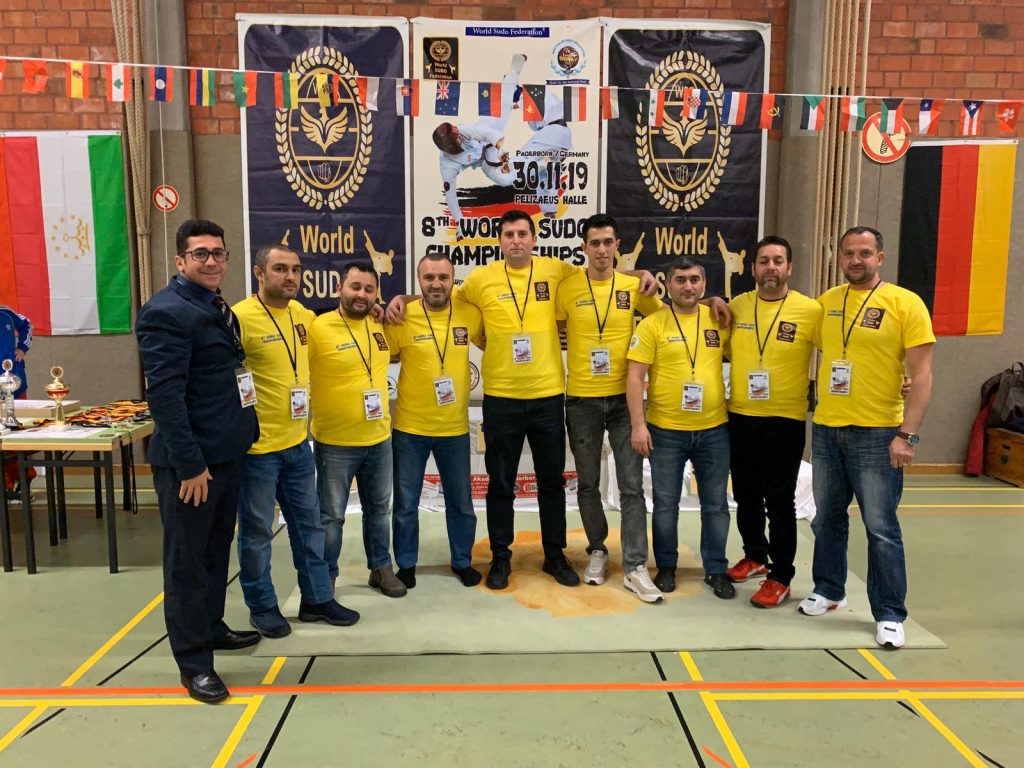
Su-do is a martial art rationally using everything accessible for
human body for self-defense purpose. Here, strikes and blocks, as well as clinches, twists, strangulations, pushes, tackles,
undercuts, hooks, and submission techniques are widely
presented. All these are called upon to ensure maximum
effectiveness at all distances: far ( distance of foot strike)
medium ( distance of fist strike), near ( distance of grip on the
body) and in any standing, kneeled down, seated, face-to-face,
side positions, when attacking from behind with one or several
opponents, armed, armless and etc. Correct use of this
technique requires compliance with several principles and all
these are achieved through long and persistent practice.
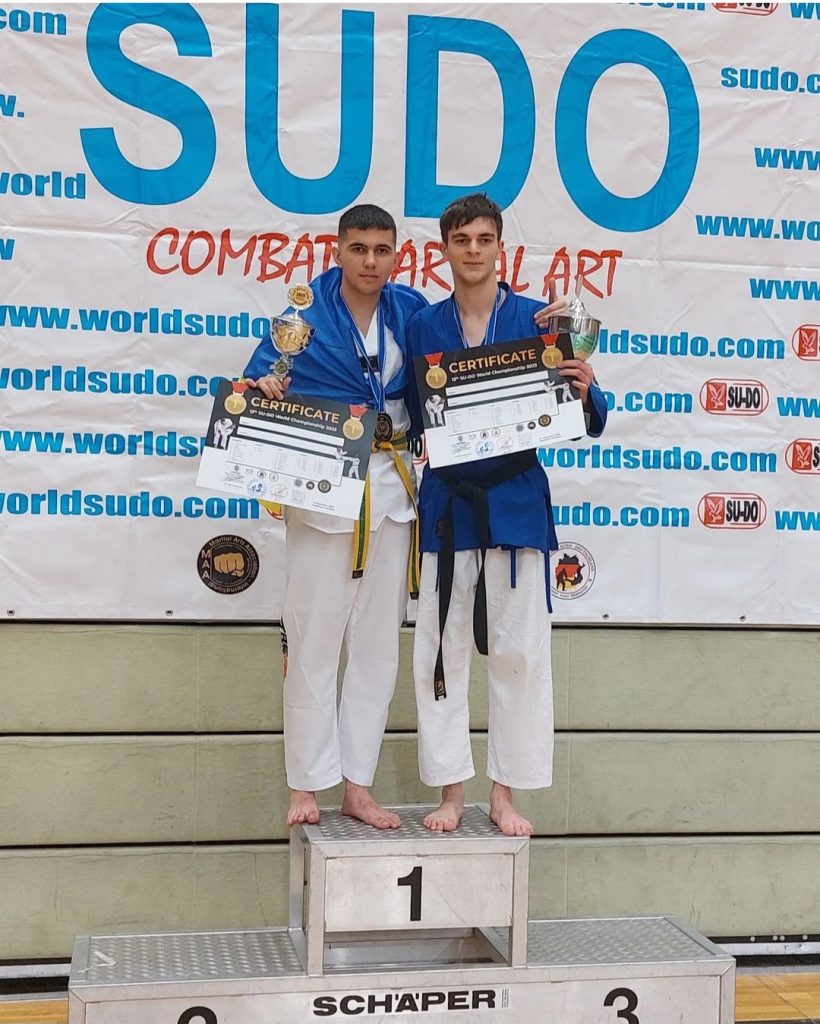
“Su-do” means “ way of combat similar to water properties”
(az.: “SU ÜSLUBLU – DÖYÜŞ YOLU”) and is perceived as a word
denoting a kind of face-to-face sport, where hand and leg
strikes, strangulations and submissions, undercuts, tackles, and
hooks are allowed.
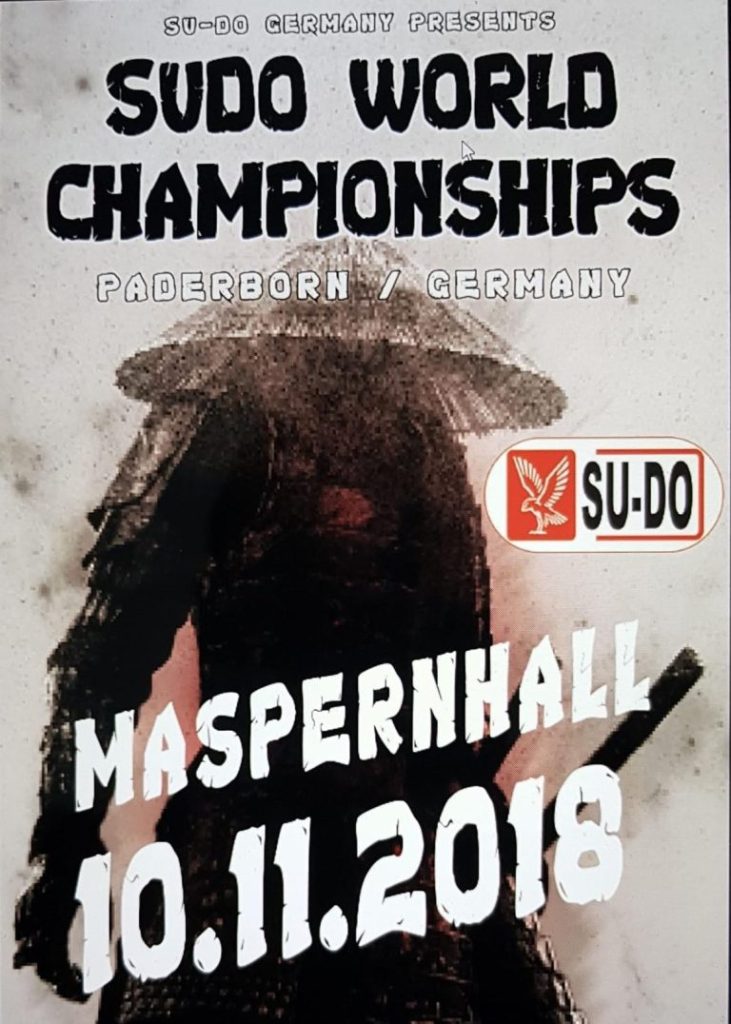
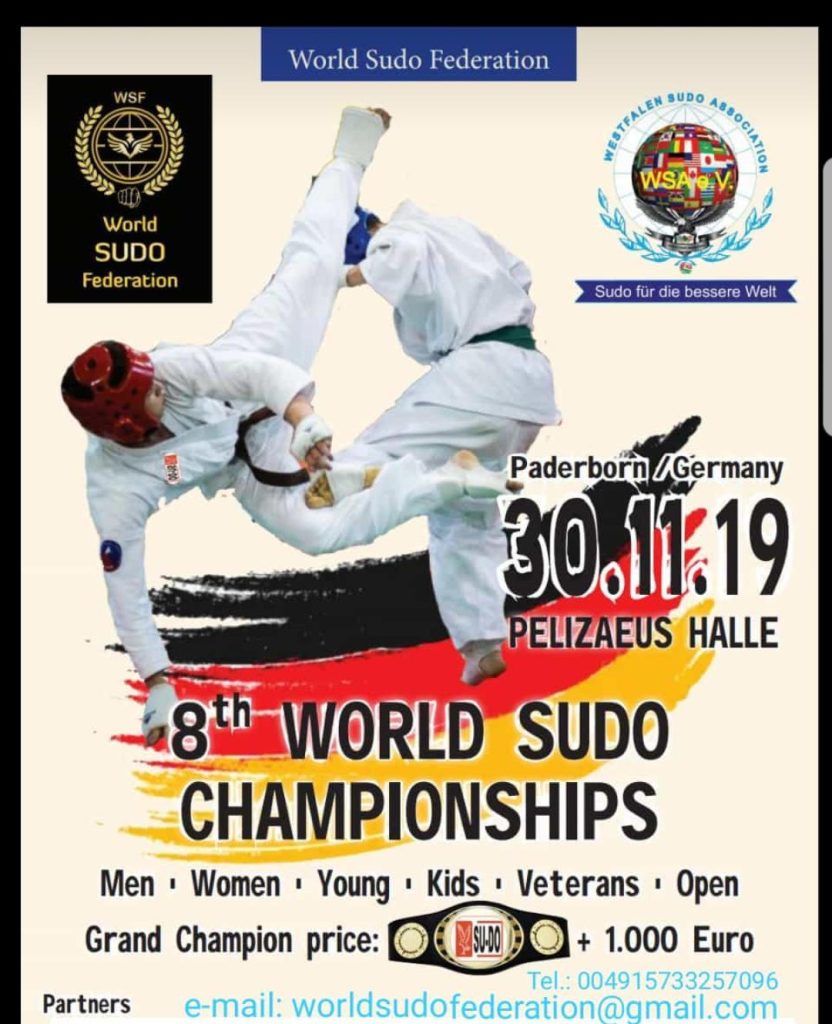
All these miraculous properties are exemplary qualities and
principles for every person practicing su-do as a sport and
martial art. Nevertheless, every one of those who began to
practice su-do must note that it belongs to the family of
Eurasian martial arts.

As mentioned earlier, su-do is both a defense system and type of sport, i.e., it is a martial art – defense and attack system.
Unlike other single combats that presuppose only fighting, one
can use everything real in su-do that is accessible for a fighter,
and pinpoint accurate hand and leg strikes are dealt to vital
body organs to crush the opponent.

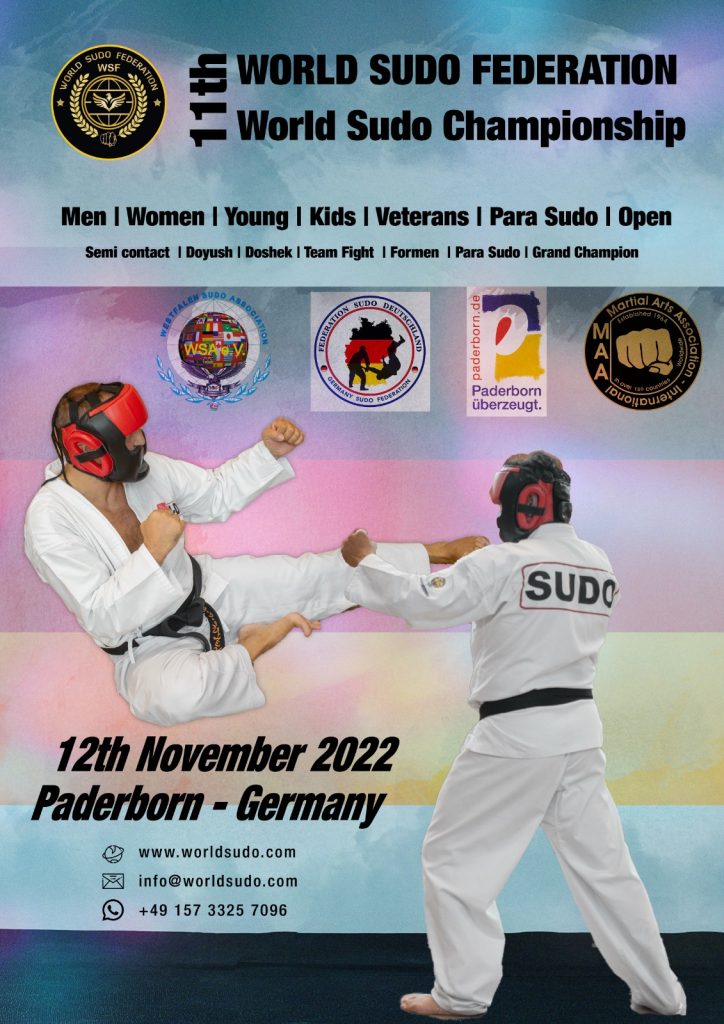
The world center is situated in Paderborn, Germany. Su-do is
very popular in Germany. Events of global scale are held
annually in honor of su-do and healthy lifestyle.
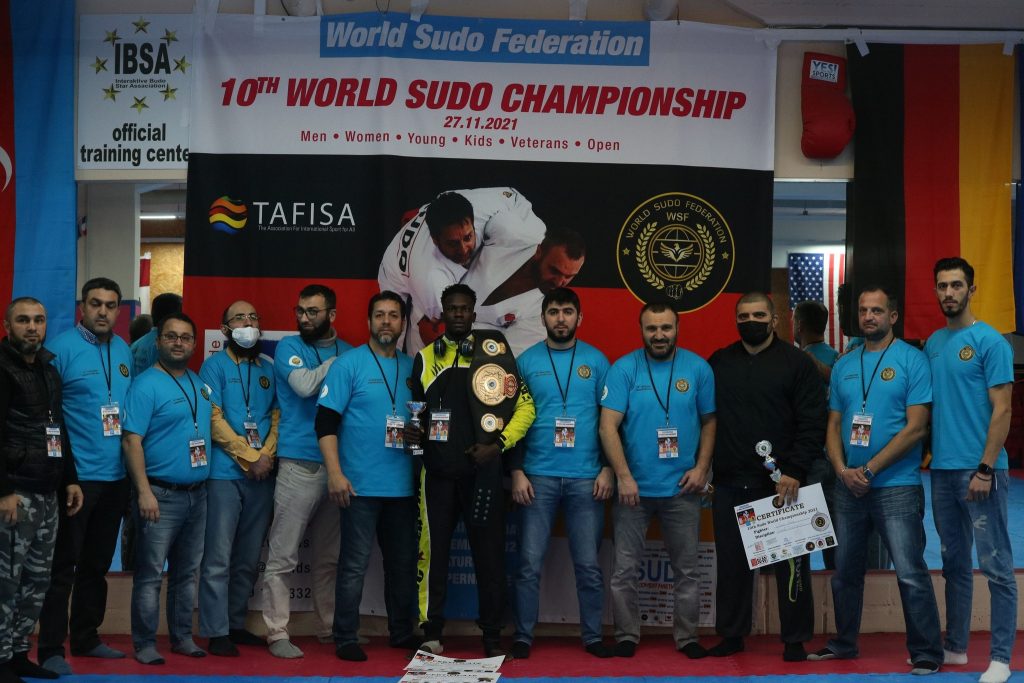
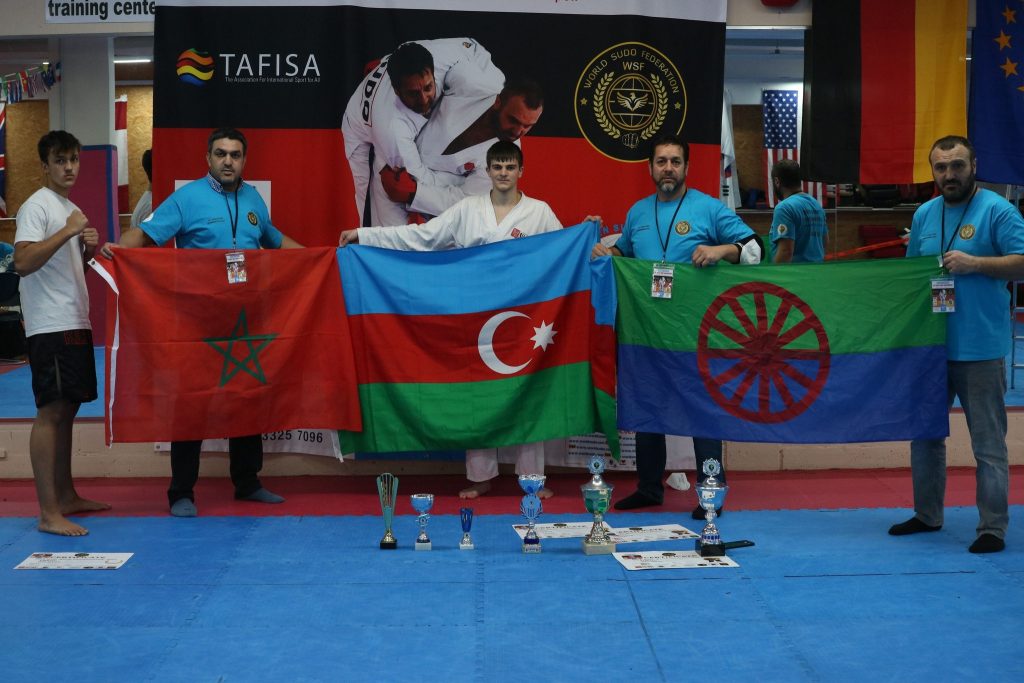
All title Tournament and Workshops both as European and Asian championships and World championship are held annually. Su-do is currently being practiced in more than 80 countries of the world.
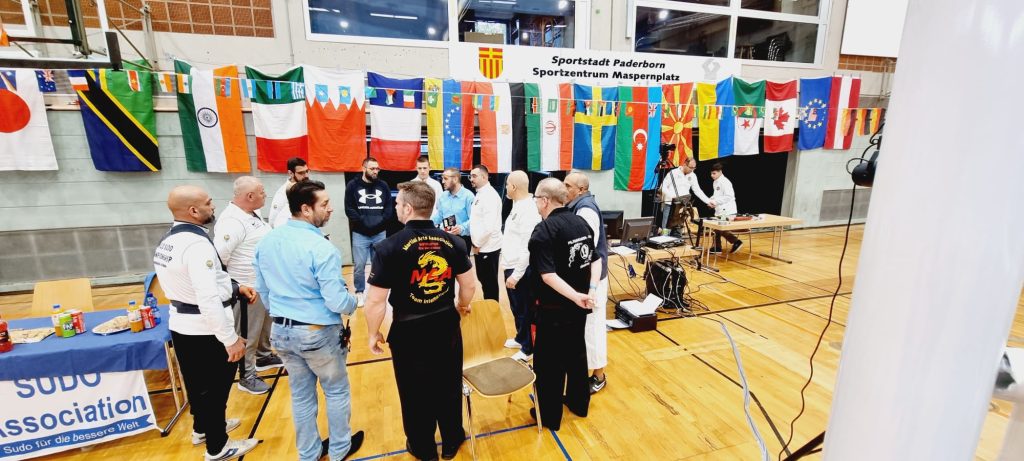
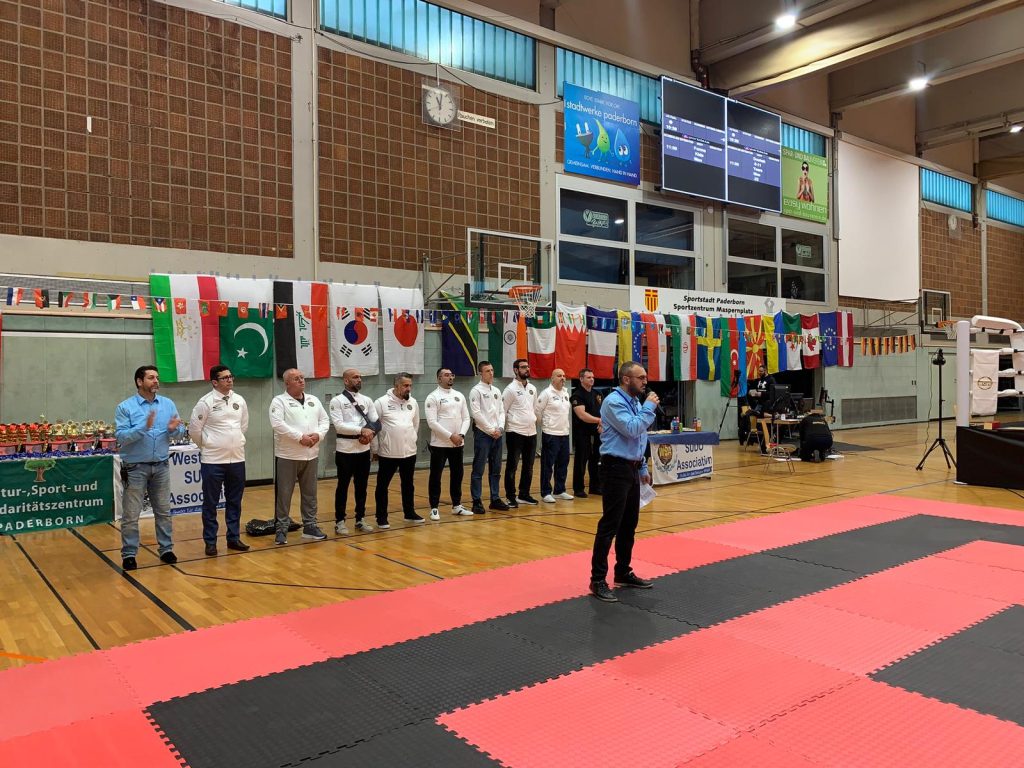
At present the World Sudo Federation has official branches in the following countries:
Afghanistan, Algeria, Argentine, Azerbaijan, Bangladesh, Bhutan, Bolivia, Bosnia and Herzegovina, Brazil, Bulgaria, Cameroon, Canada, Dem. Rep. of Congo, Ivory Coast, Ecuador, Egypt, Finland, Georgia, Germany, Guinea, India, Indonesia, Iran, Iraq, Ireland, Japan, Jordan, Kazakhstan, Kenya, Latvia, Lithuania, Mexico, Moldova, Montenegro, Morocco, Nepal, Nicaragua, Nigeria, Pakistan, Paraguay, Poland, Portugal, Russian Federation, Rwanda, Saudi Arabia, Senegal, Serbia, Sierra Leone, Spain, Sri-Lanka, Sweden, Tajikistan, Tanzania, Tunis, Turkey, Ukraine, United Arab Emirates, United States of America, Uzbekistan, Venezuela.
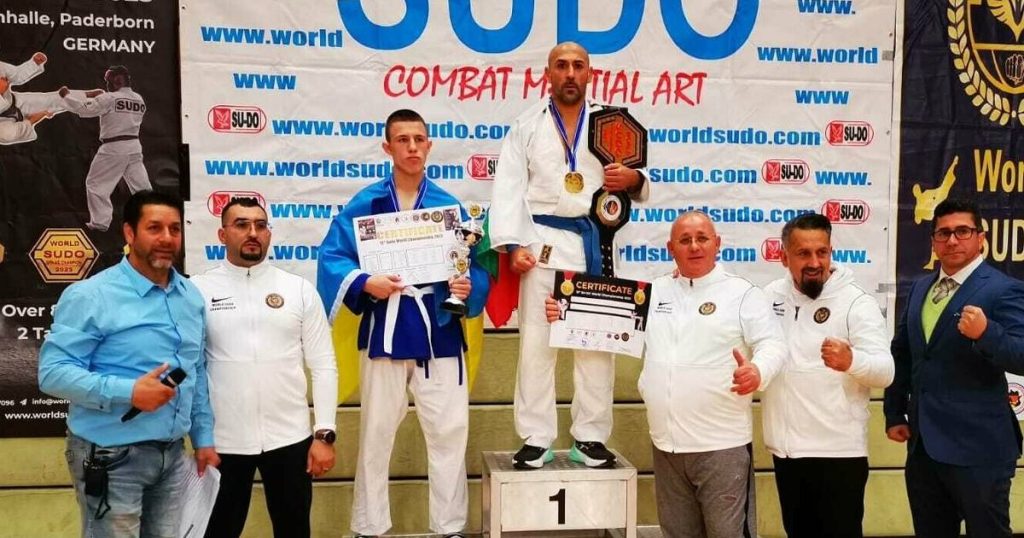

All liquid matters flow from top to bottom and rivers (waters)
are not exception to the rule. One of the key aspects of su-do is
the wrestler’s ability to keep the combat stance, because when
a wrestler’s equilibrium is upset, advantage is taken over by its
opponent (and therefore when a wrestler’s equilibrium is upset,
his opponent receives scores). And the falling opponent
resembles a waterfall flowing sharp down off the mountains or
rivers.
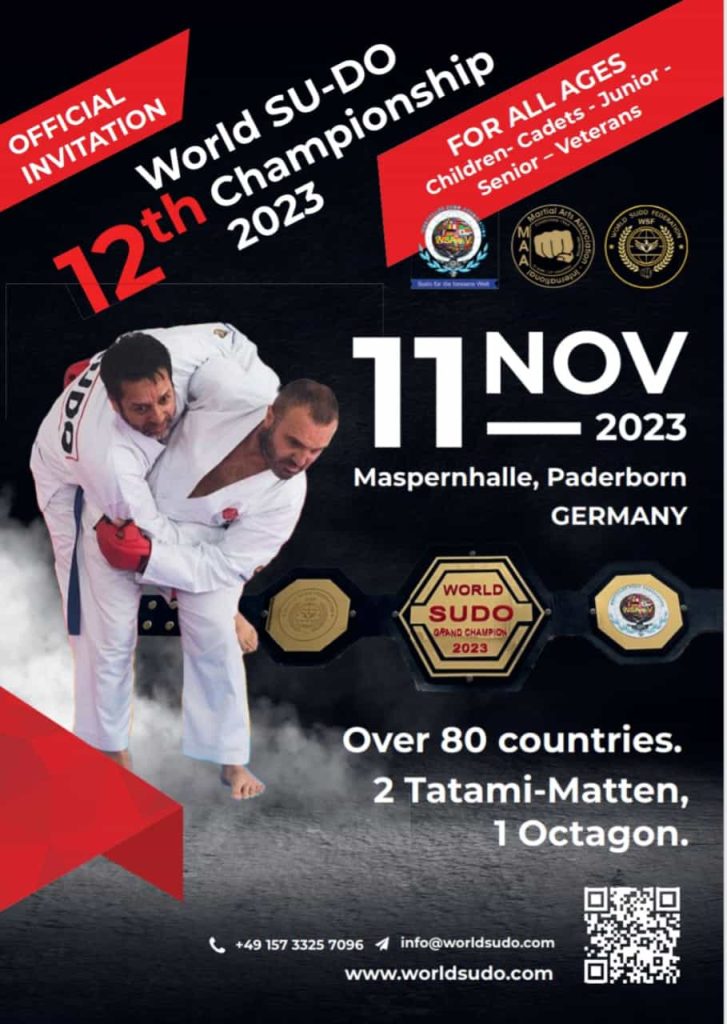
No matter how rough and swift the water flow be, the river is ultimately accumulated in a single watercourse and continues its flow and finally merges with the sea. It means that it is not necessary for a sudoist to be aggressive and rough to upset his opponent’s equilibrium. He must do everything to maintain the relationships and perception of each other well even after a convincing victory.
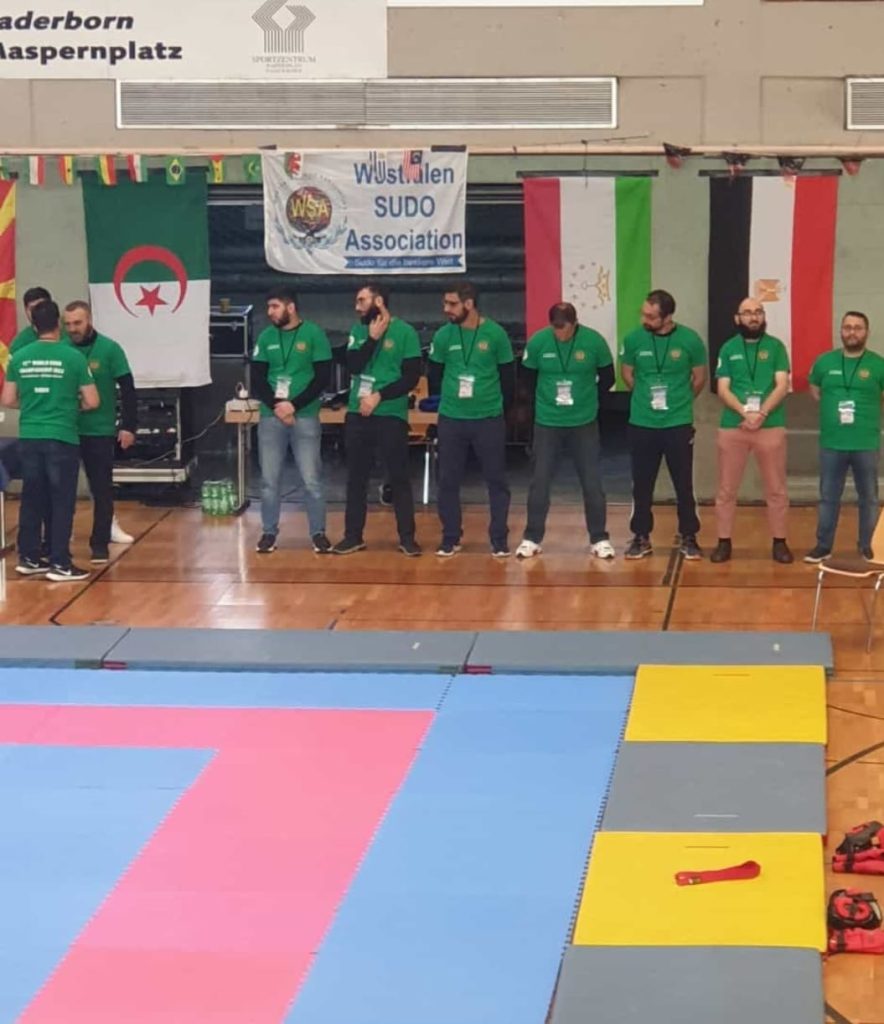
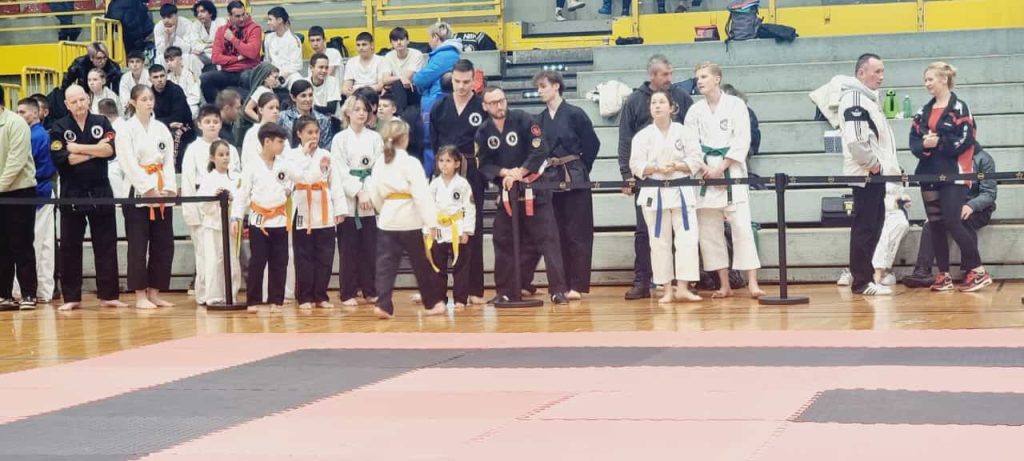
An excerpt from the book “Sudo Genius”.
To order a book – info@worldsudo.com
